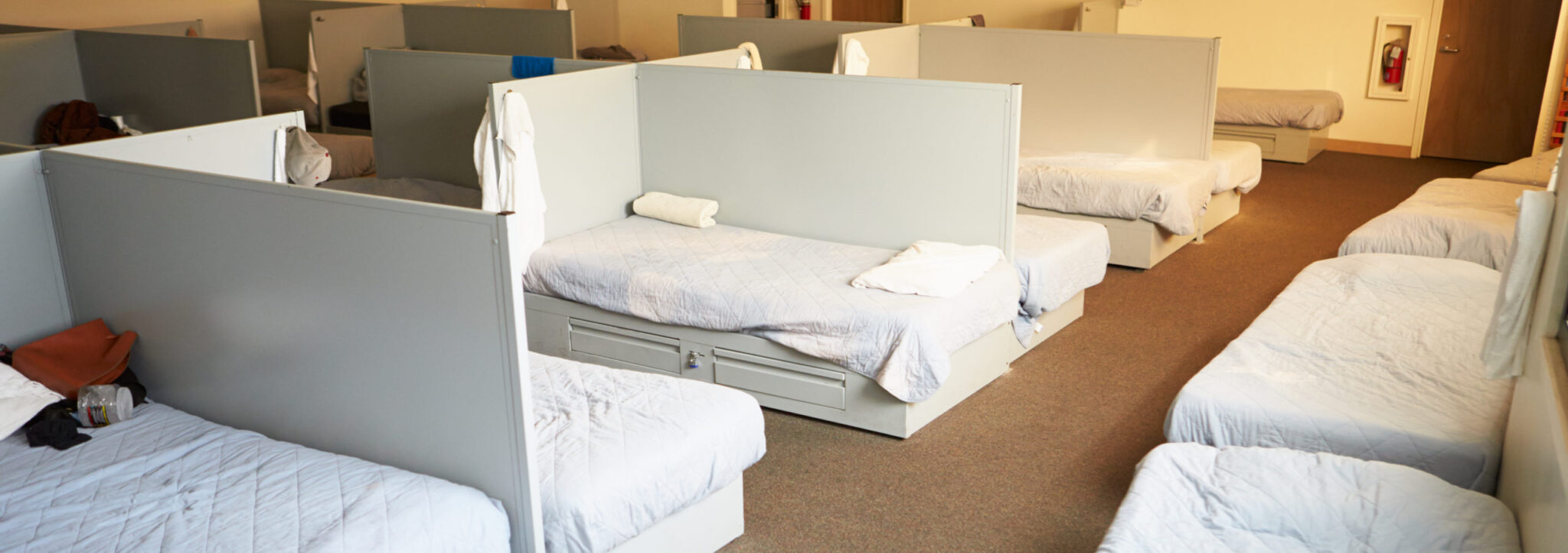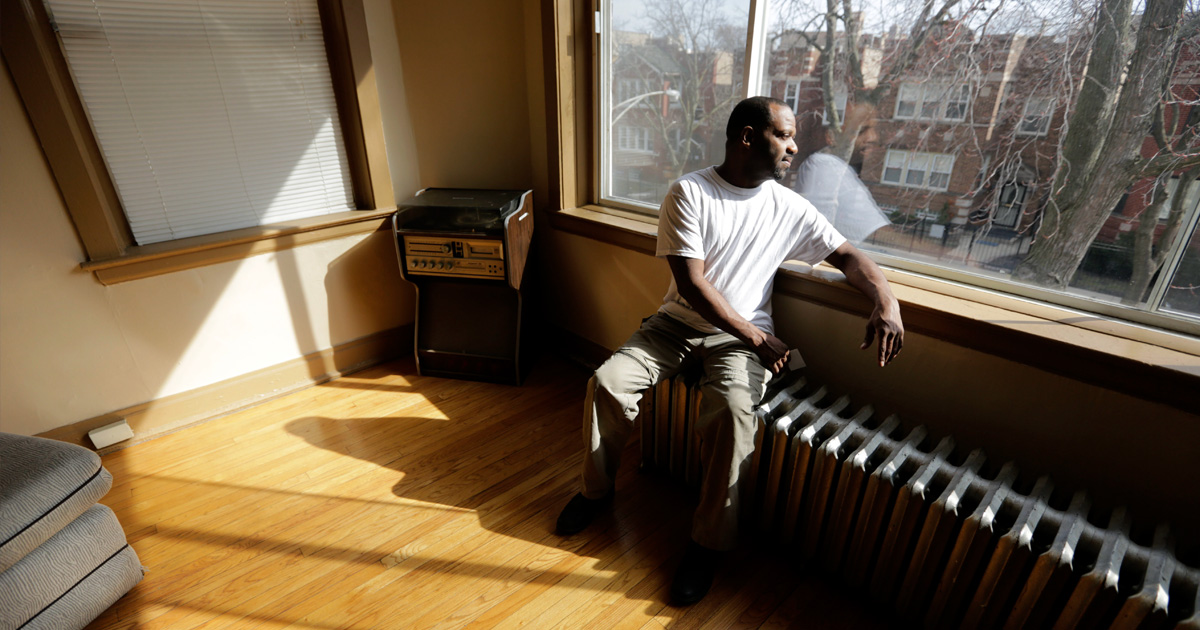For some time, the number of older people experiencing homelessness has been trending upwards. While there currently is not definitive national information on the number of older adults who are unhoused, staff at emergency shelters are seeing more older adults showing up at their doors. Some older adults are sharing they lost their jobs during the pandemic: in many situations, either they or their partner got sick or died and they could no longer make rent. Other older adults have noted they couldn’t find another place to live after their homes were sold out from under them, or their landlords, wanting to capitalize on the housing market, didn’t renew leases. Their stories illustrate how unexpected circumstances can result in homelessness, and advocates say this type of story is playing out across the country.
Older Adults Often Need Help that Goes Beyond a Bed
Homeless services staff work hard to provide individuals with safe living spaces. Sometimes, the needs of older adults are more complex than what the residential services staff can meet, and/or features of the shelter’s physical facility can accommodate. Here are a few common challenges in serving older adults experiencing homelessness who seek emergency shelter:
Older adults are disproportionately affected by chronic health conditions, such as diabetes, arthritis, and heart disease, and these conditions can limit their ability to perform activities of daily living like bathing, dressing, toileting as well as instrumental activities of daily living (e.g. using the telephone, taking medications). In addition, older adults may have memory loss or other cognitive impairments.
Impact: This means they may need help with tasks such as toileting, bathing and taking medications. Both of which staff are generally not trained or certified to provide, and storage of prescriptions can have licensing requirements.
Older adults may have mobility limitations. According to the Centers for Disease Control and Prevention (CDC), more than one out of four older adults fall each year, and sometimes the fear of falling can make an older adult limit his/her activities.
Impact: This means older adults with mobility limitations may not be able to stand in line to get meals: they may need modifications for restrooms, and some bed setups (like bunk beds) can create barriers and place them at risk for falls and injuries. Providers may need to reconsider program design like the provision of meals, location of restrooms, and room set-up. For instance, dining room tables may need to be set up to accommodate mobility challenges, restrooms may need to incorporate universal design elements, older adults may need to be placed in bedrooms closest to restrooms, and in beds closer to the floor.
Oral health is important for overall health and well-being. According to the CDC, almost 17 percent of older adults no longer have their natural teeth. For older adults with chronic health conditions, good nutrition takes on even more importance.
Impact: While emergency shelters may offer meals to meet food preferences (e.g., vegetarian), they may be less likely to provide different types of food (soft or regular) or therapeutic diets, taking into consideration oral health and the prevalence of chronic conditions like diabetes.
One in four older adults report experiencing a behavioral health problem such as depression, anxiety, or substance use disorder. According to the U.S. Substance Abuse and Mental Health Services Administration, millions more likely go undiagnosed. The National Academy of Medicine found that less than 50% of older adults with mental and/or substance use disorders receive treatment.
Impact: When these problems are untreated, it can lead to diminished functioning and can complicate treatment of chronic health conditions, and when staff are unable to identify these types of issues and/or unaware of resources, it results in additional unmet needs.
Key Takeaways
- As the population of older adults increases in the U.S., the number of older adults who are experiencing homelessness is also increasing.
- Many older adults have complex health and social challenges. Meeting their needs can be challenging for emergency shelter staff who are not trained to provide personal care and/or medication administration.
- The physical features of some emergency shelters are not designed to accommodate individuals who need assistance with activities of daily living or who have cognitive impairments.
- Some shelters close during the daytime and require participants to leave. These types of operational practices may create barriers for older adults.
Questions for Further Consideration
The trend in older adults becoming homeless, many of whom have chronic health conditions, cognitive decline and mobility limitations, and entering the shelter system should compel us to respond. Redesigning safety net programs and sufficiently funding housing solutions and supportive services for this population would be a welcomed response, albeit complex. In the hopes of advancing dialogue, here are some concluding questions to address the present circumstances:
- What is the role of emergency shelters in meeting the complex care needs of older adults?
- Having gerontological training is important. Programs like the Department of Health and Human Services’ Housing and Services Resource Center can play a critical role in fostering collaboration and cross-sector partnerships. What are other ways to bridge knowledge sharing between the homeless, healthcare and aging services sectors on the frontline?
- Area Agencies on Aging offer an array of programs and services in support of older adults and adults living with disabilities. How can these resources be leveraged to support shelter program participants who are older adults?
- Will emergency shelters need to bill Medicaid for personal care services provided, can participants receive services in emergency shelters under home and community-based services, or will HUD adjust program guidelines to include the provision of personal care services? If the latter, will HUD add funding for personal care services to accommodate the increase in staffing costs—hiring of certified nursing assistants, medication administration assistants?
Stay Updated: Solutions, Stories, and Ways to Make an Impact
Sign up to receive updates on the Alliance’s work, including the latest research, advocacy efforts, and real stories of progress — plus ways you can help drive lasting change.












